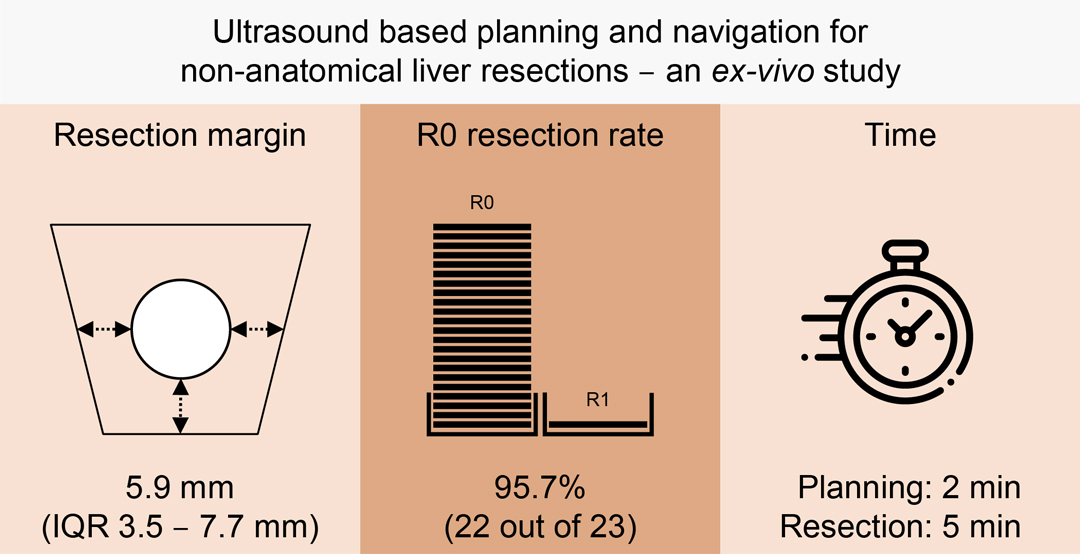The IEEE OJEMB community is made up of the scientists, engineers, and clinicians who are advancing the field of medicine by working at the intersection of biology and technology. A portion of this community publishes predominantly in journals such as Science and Nature. These journals primarily focus on scientific discoveries and hence use a format in which the Results section is presented immediately after the Introduction. Another portion of this community is accustomed to publishing in engineering journals. These journals use a format that emphasizes a detailed description of the technology developed by the investigators, which can be found in the Materials and Methods section immediately following the Introduction.
Both formats are limited to about 3,000 words of text, but can be supplemented by a separate Supplementary Materials section, which is limited to about 4,000 words but can include up to 10 figures or tables.
Note: If you include Supplementary Materials, please include a section in your paper that directs the reader to the Supplementary Materials, and that briefly outlines what they can expect to find there.
Word Choice
We prefer that authors use inclusive language. For example, please use non gendered terms when possible, and replace the terms “master” and “slave” with “parent” and “child” or “primary” and “replica.”
Format for a “Science Manuscript”
- First page: Visual Summary (see below)
- Introduction
- Results
- Discussion
- Conclusions
- Materials and Methods
- Supplementary Materials
Format for a “Technology Manuscript”
- First page: Visual Summary (see below)
- Introduction
- Materials and Methods
- Results
- Discussion
- Conclusions
- Supplementary Materials
Impact Statement
For both formats, please include a brief Impact Statement on the first page that summarizes the main findings or “take-home message” of the research.
Visual Summary
IEEE OJEMB papers also include a visual summary as the first page of the manuscript. The visual summary is a single “slide” which gives an overview of the article. It should quickly communicate the purpose and results of the research that is being reported, and it should help readers quickly decide if the article is relevant to their research interests. Ideally, it should draw the reader’s attention, and encourage them to read the article.
Example Visual Summary

Letter Formats
The “technology letter” and “science letter” are short-form papers that follow the “manuscript” format but limited to 1,000 words, 3 display items, and 20 references. We are using this format primarily to allow authors to share results in the early phases of their studies.
Data Manuscript
The IEEE OJEMB template for papers with a primary focus on the description of datasets that the authors share via open data repositories. These manuscripts must include details of the data collection procedures, a thorough description of the dataset shared by the authors, and a description of the processes adopted to assure quality of the share dataset. The manuscript length requirements listed above apply; however, the format for a data manuscript is as follows:
- First page: Visual Summary (see above)
- Introduction
- Data Collection Procedures
- Validation Procedures
- Dataset Description
- Usage Notes (not required, but encouraged)
- Code Availability (if the data has been processed)
Emerging Topics Manuscript
The emerging topics template is the format for short literature reviews with an emphasis on new topics in biomedical engineering. Unlike in the other manuscript formats, “emerging topics” manuscripts are not structured, and, beyond the introduction, the main body of the manuscript may be organized as it best fits the subject. Fifty references are allowed for this manuscript format.
Open Access
IEEE OJEMB is a gold open-access journal, which means that authors retain ownership of the copyright to their papers, and readers can access the full text and pdf on IEEE Xplore for free, but also that authors pay article processing charges, upon acceptance and before publication.
Research with Human or Animal Subjects
Informed consent, protection of privacy and other human rights are further criteria against which manuscripts involving human subjects will be judged. Papers describing investigations on human or animal subjects must include a statement that the study was approved by the institutional review board.
Our ethical requirements for submitted manuscripts are in accordance with the Uniform Requirements for Manuscripts Submitted to Biomedical Journals, drawn up by the International Committee of Medical Journal Editors (JAMA 1997;277:927-934). OJEMB also supports and acts in line with the Editorial Policy Statements of the Council of Science Editors (http://www.cbe.org/services/draft_approved.cfm).
Acknowledgements, Conflicts of Interest
A description of sources of funding, financial disclosure, and the role of sponsors must be included in the Acknowledgements section of the manuscript.
Authors must also disclose any personal financial interests related to the subject of the manuscript. It is not unusual for OJEMB authors to be owners or employees of companies that are developing the technologies described in their manuscript. There is nothing wrong with this, but editors, reviewers, and readers should be made aware of such conflicts of interests; thus, these facts must be disclosed.
Article Processing Charge (APC): US$2075 – Effective 1 January 2025
For papers submitted in 2024, the APC is US$1995 plus applicable local taxes.
For papers submitted in 2025, the APC is US$2075 plus applicable local taxes.
The following discounts apply:
- IEEE Members receive a 5% discount.
- IEEE EMB Society Members receive a 20% discount.
- These discounts cannot be combined
- Students and Graduate Students are not eligible for the membership discount.
- Information about IEEE’s Low and Lower-middle Income Country Program is available
- Some institutions offer assistance for open access funding. Check our institutional partners list to see if yours is one
